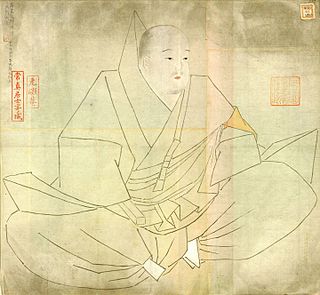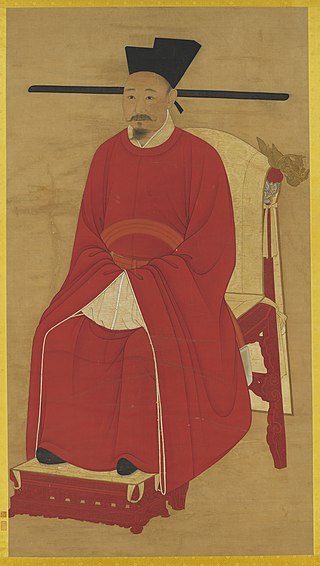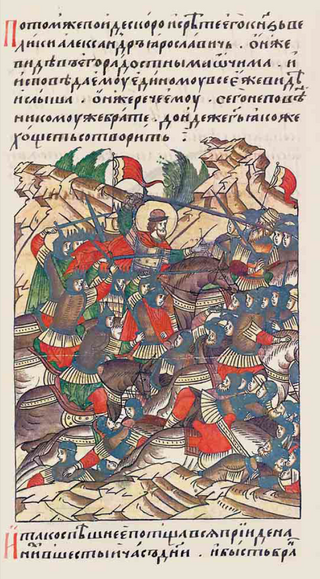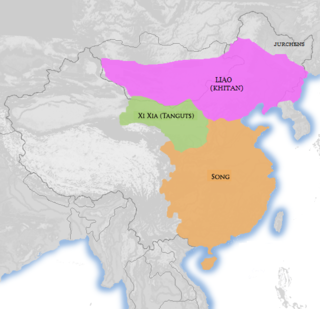The 1160s was a decade of the Julian Calendar which began on January 1, 1160, and ended on December 31, 1169.

Year 1135 (MCXXXV) was a common year starting on Tuesday of the Julian calendar.
The 1100s was a decade of the Julian Calendar which began on January 1, 1100, and ended on December 31, 1109.

Year 1080 (MLXXX) was a leap year starting on Wednesday of the Julian calendar.
The 1120s was a decade of the Julian Calendar which began on January 1, 1120, and ended on December 31, 1129.

Year 1224 (MCCXXIV) was a leap year starting on Monday of the Julian calendar.

Year 1234 (MCCXXXIV) was a common year starting on Sunday of the Julian calendar.
The 1080s was a decade of the Julian Calendar which began on January 1, 1080, and ended on December 31, 1089.

Year 1125 (MCXXV) was a common year starting on Thursday of the Julian calendar.

Year 1129 (MCXXIX) was a common year starting on Tuesday of the Julian calendar.

1200 (MCC) was a leap year starting on Saturday of the Julian calendar, the 1200th year of the Common Era (CE) and Anno Domini (AD) designations, the 200th year of the 2nd millennium, the 100th and last year of the 12th century, and the 1st year of the 1200s decade. As of the start of 1200, the Gregorian calendar was 7 days ahead of the Julian calendar, which was the dominant calendar of the time.

Year 1214 (MCCXIV) was a common year starting on Wednesday of the Julian calendar, the 1214th year of the Common Era (CE) and Anno Domini (AD) designations, the 214th year of the 2nd millennium, the 14th year of the 13th century, and the 5th year of the 1210s decade.
The 1210s was a decade of the Julian Calendar which began on January 1, 1210, and ended on December 31, 1219.

Year 1211 (MCCXI) was a common year starting on Saturday of the Julian calendar.

Year 1162 (MCLXII) was a common year starting on Monday of the Julian calendar.

Year 1197 (MCXCVII) was a common year starting on Wednesday of the Julian calendar.

Year 1240 (MCCXL) was a leap year starting on Sunday of the Julian calendar.

The Western Xia or the Xi Xia, officially the Great Xia, also known as the Tangut Empire, and known as Mi-nyak to the Tanguts and Tibetans, was a Tangut-led Buddhist imperial dynasty of China that existed from 1038 to 1227. At its peak, the dynasty ruled over the modern-day northwestern Chinese provinces of Ningxia, Gansu, eastern Qinghai, northern Shaanxi, northeastern Xinjiang, and southwest Inner Mongolia, and southernmost Outer Mongolia, measuring about 800,000 square kilometres.
Magnus II; Swedish: Magnus Henriksson was a Danish lord and king of Sweden between 1160 and 1161. He is often seen by posterity as a usurper.
Wanyan Yongji, childhood name Xingsheng, was the seventh emperor of the Jurchen-led Jin dynasty of China. He reigned for about five years from 1208 until 1213, when he was assassinated by the general Heshilie Zhizhong. Despite having ruled as an emperor, Wanyan Yongji was not posthumously honoured as an emperor. Instead, in 1216, his successor, Emperor Xuanzong, reverted his status back to "Prince of Wei" (衛王) – the title Wanyan Yongji held before he became emperor – and gave him the posthumous name "Shao" (紹), hence Wanyan Yongji is generally known in historiography as the "Prince Shao of Wei".












